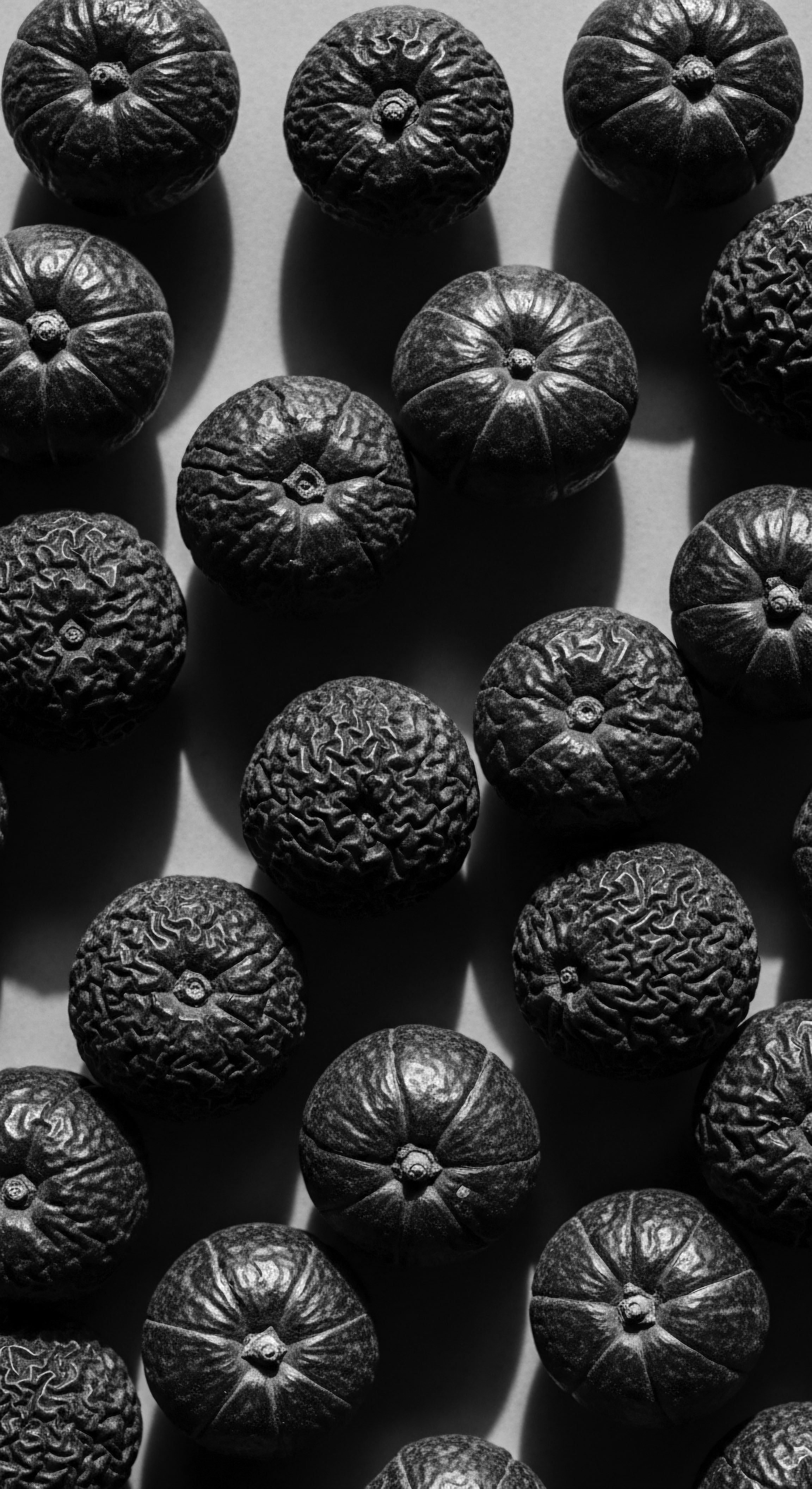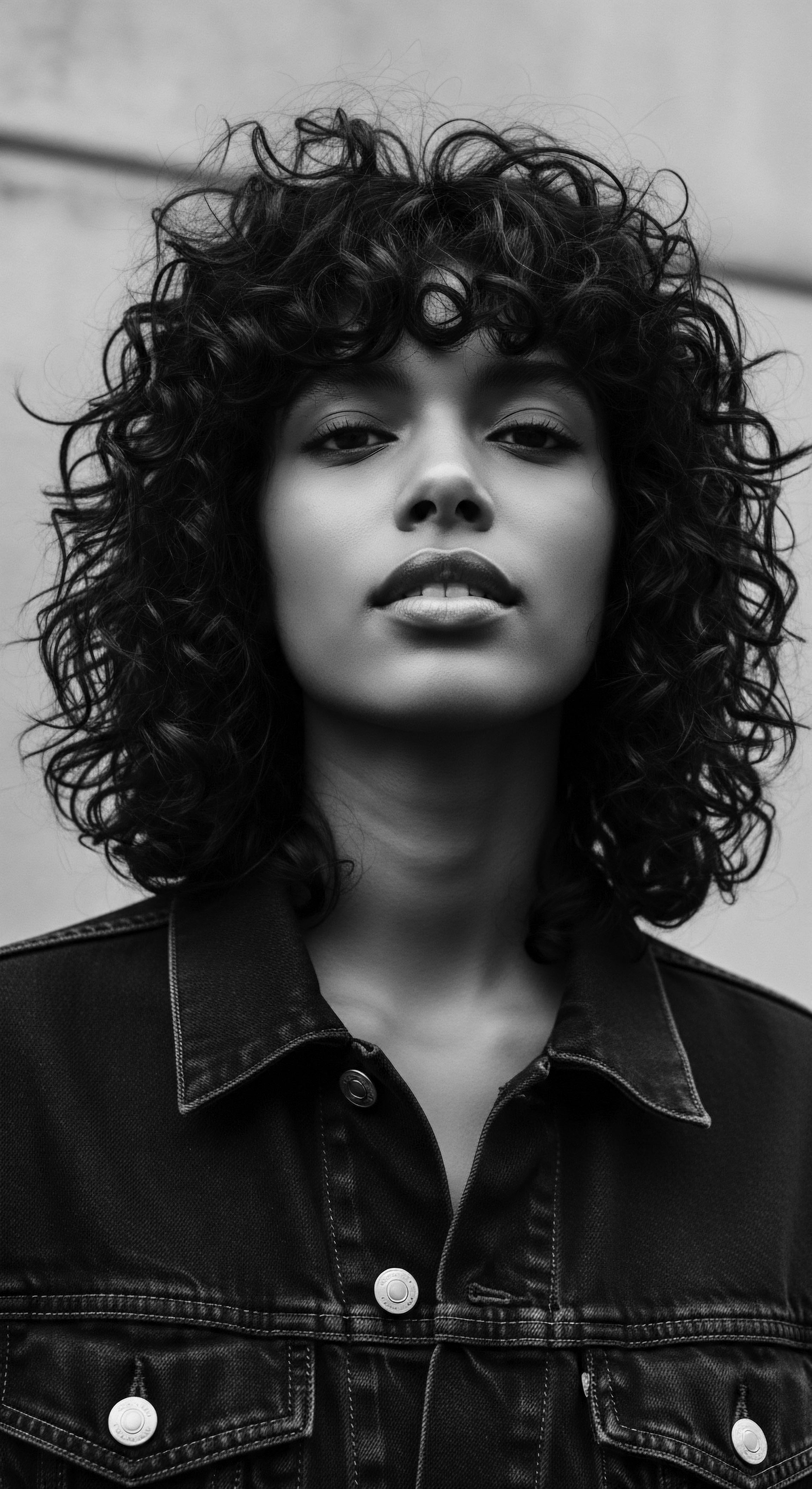
What ancient beauty rituals benefited textured hair?
Ancient beauty rituals for textured hair centered on protective styling and natural botanicals, rooted deeply in heritage and cultural expression.
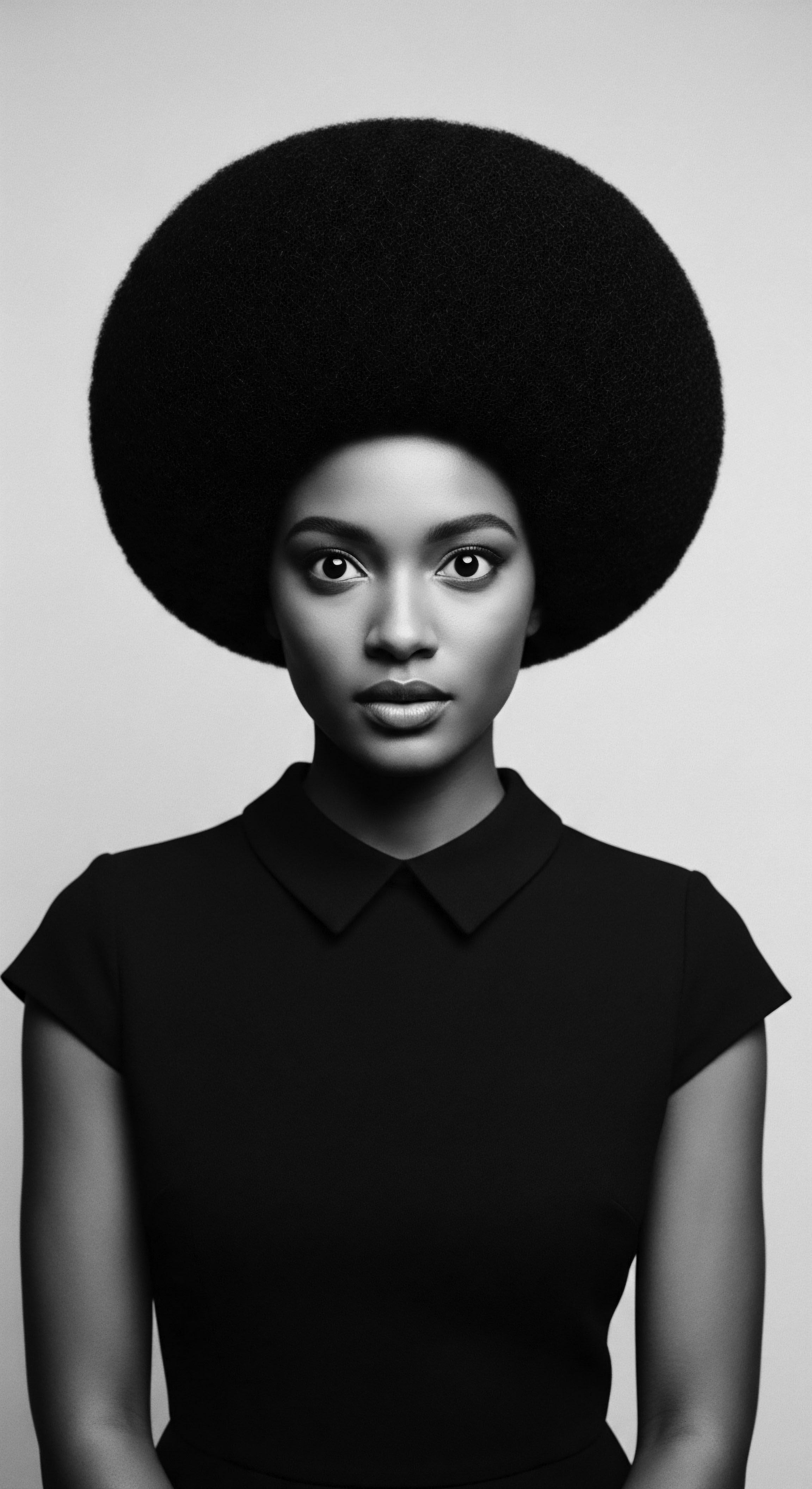
What ancient plant-based ingredients supported gentle hair care for textured strands?
Ancient plant-based ingredients, rooted in diverse cultural heritages, offered gentle care for textured strands, prioritizing moisture and strength.
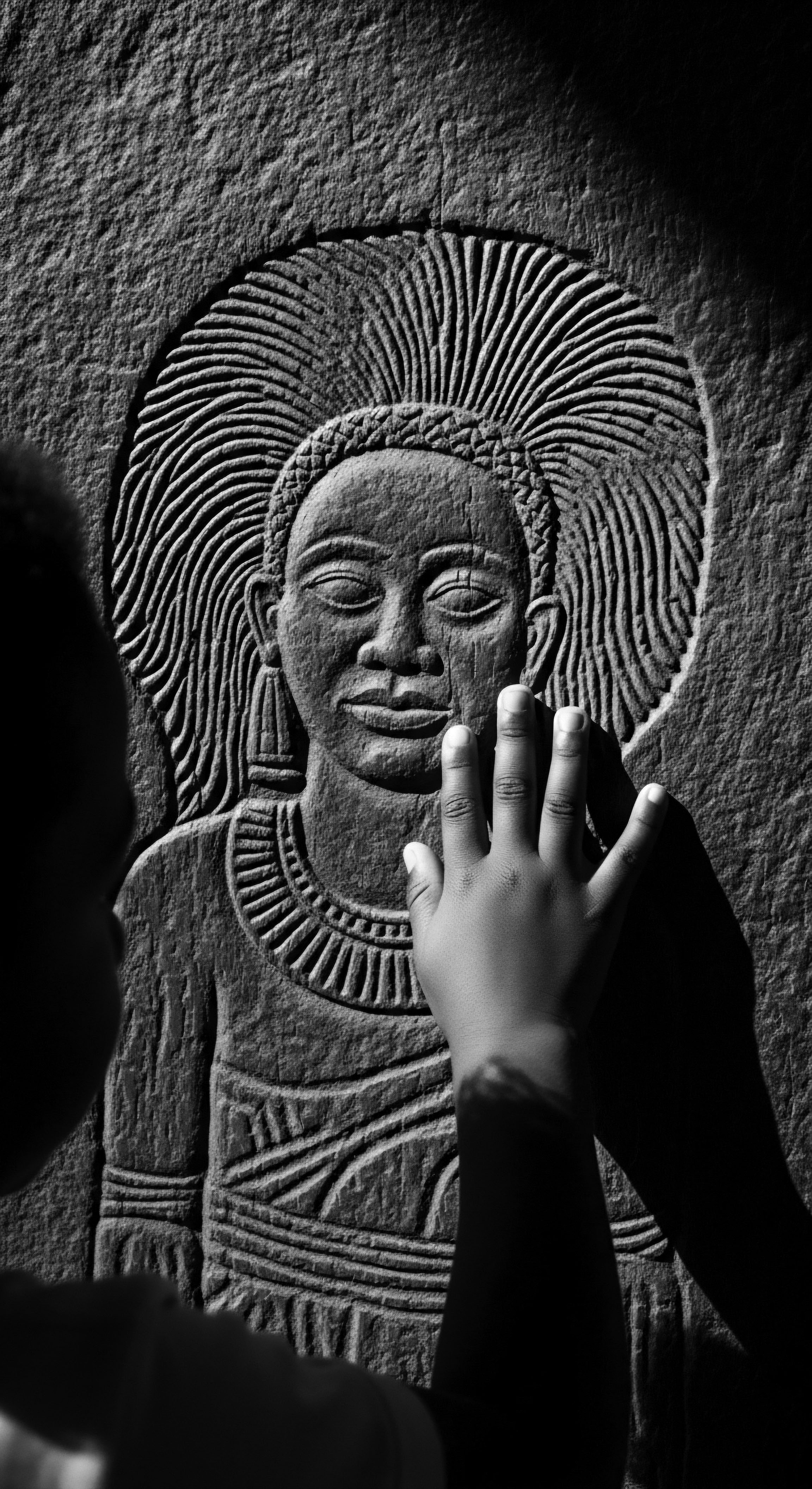
Which traditional ingredients remain relevant for textured hair?
Traditional ingredients persist for textured hair because they directly address its unique needs, preserving a rich heritage of care.
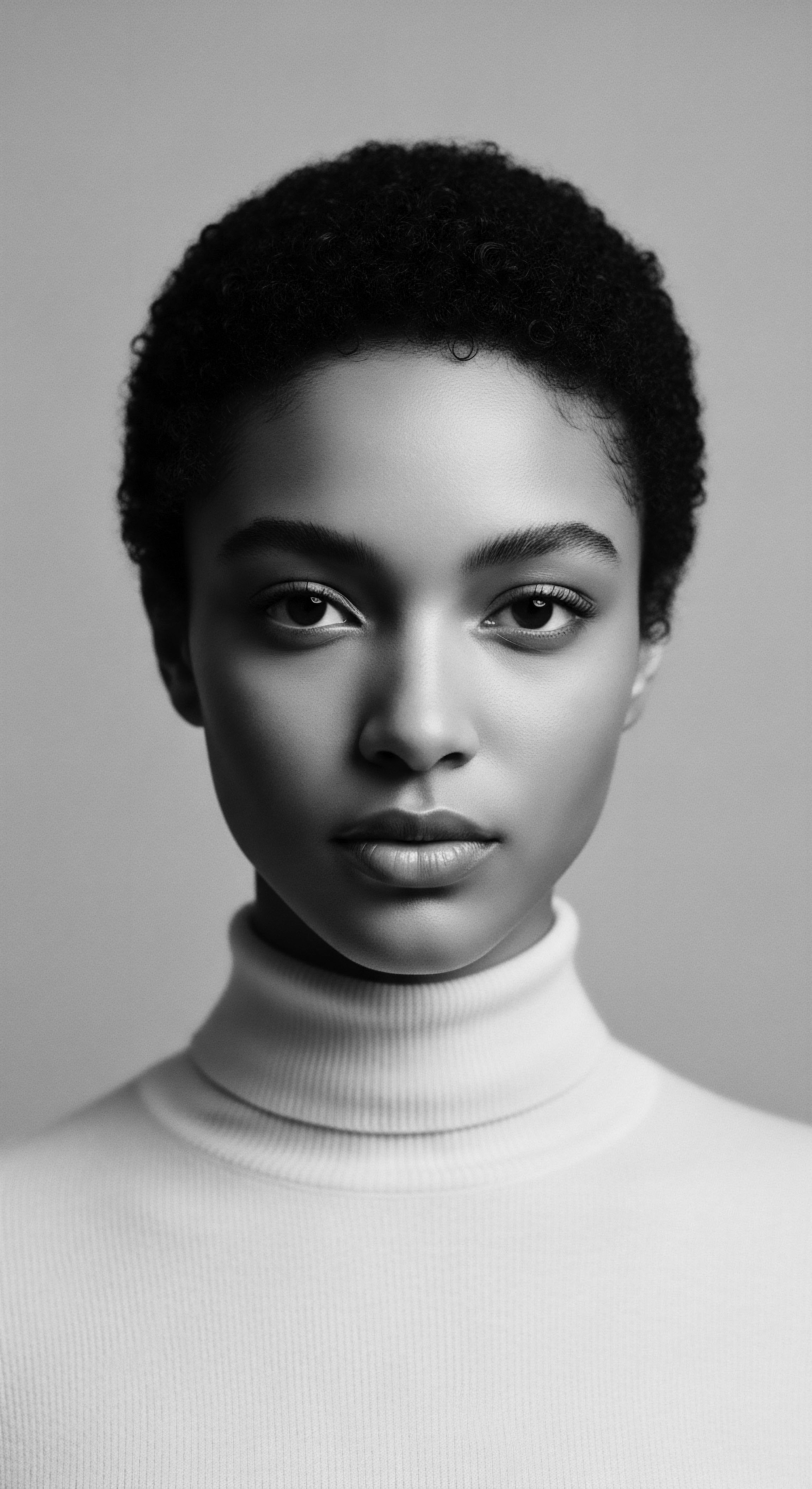
What traditional botanicals support modern textured hair regimens?
Traditional botanicals offer essential support for modern textured hair regimens by providing natural moisture, strength, and ancestral connection.
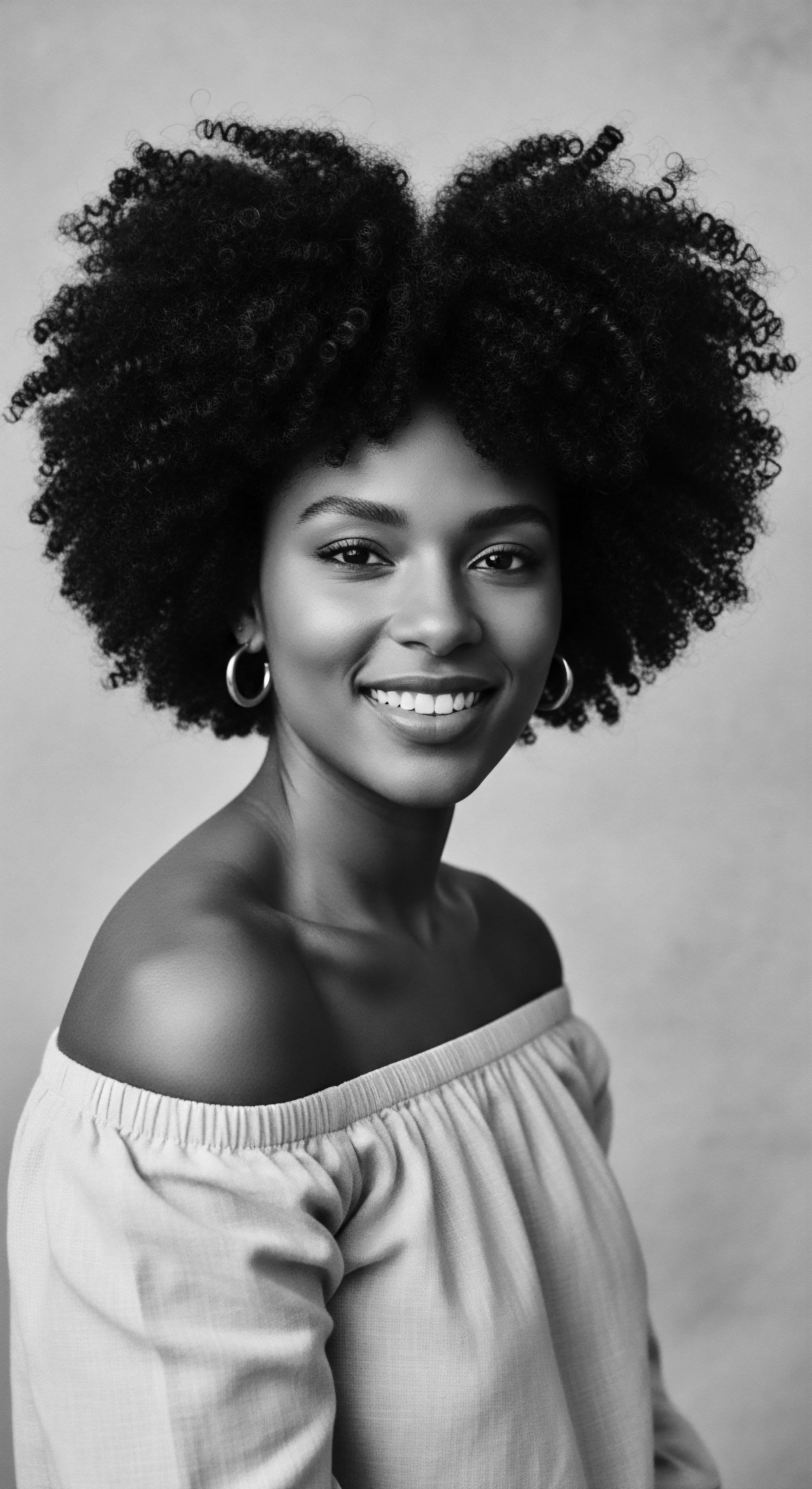
What specific compounds in fenugreek benefit textured hair vitality?
Fenugreek’s compounds, like proteins and mucilage, fortify textured hair, continuing a legacy of ancestral care.
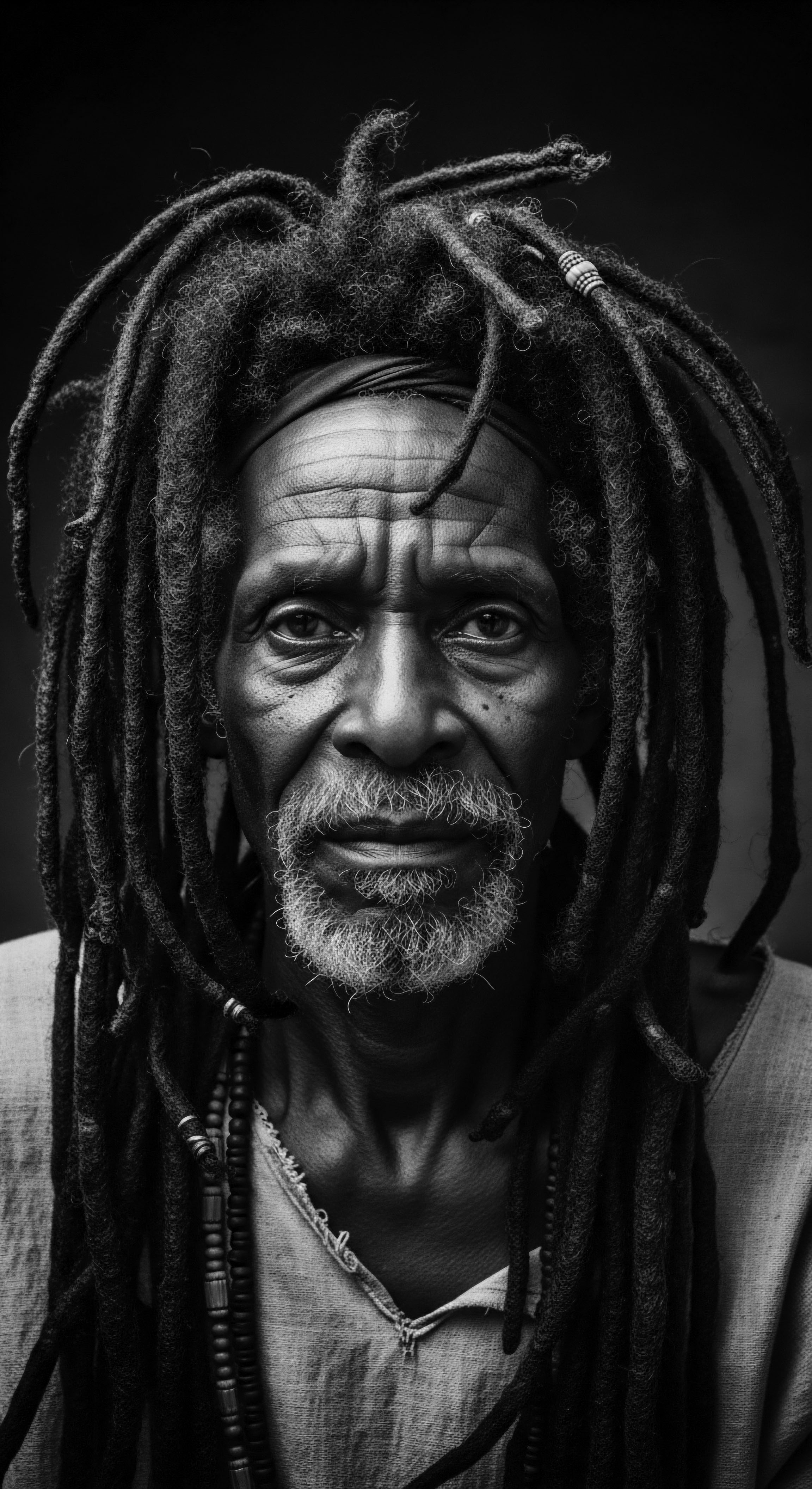
What historical hair ingredients nourish textured hair?
Historical hair ingredients, rooted in ancestral plant wisdom, deeply nourish textured hair through natural oils, butters, and herbs.
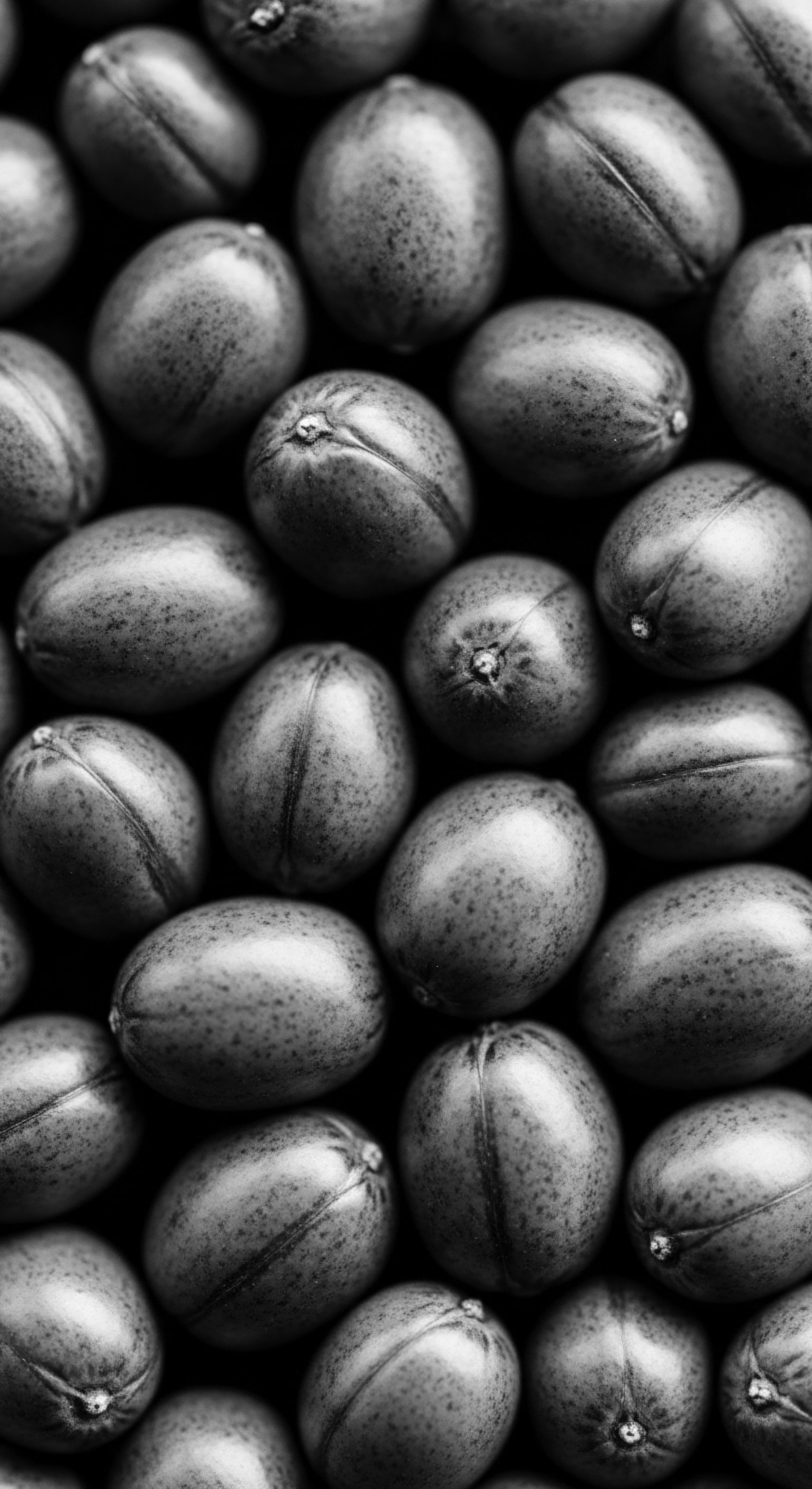
What traditional ingredients were used for textured hair vitality?
Traditional ingredients for textured hair vitality were natural plant-based oils, butters, herbs, and mineral clays, deeply rooted in ancestral heritage.

